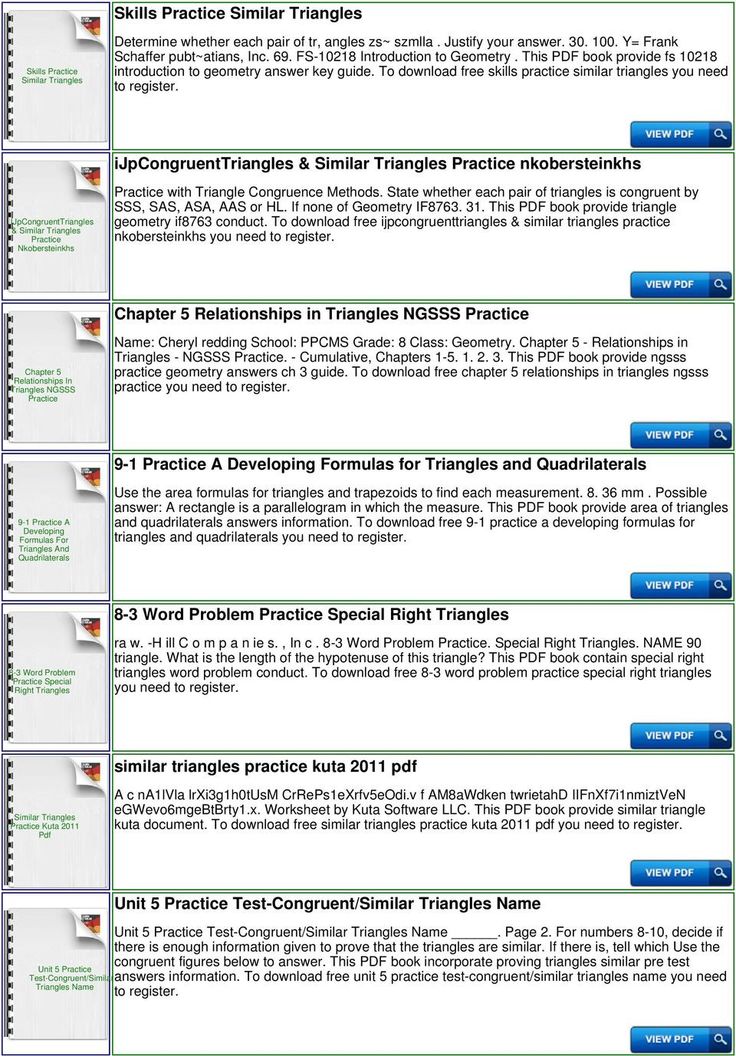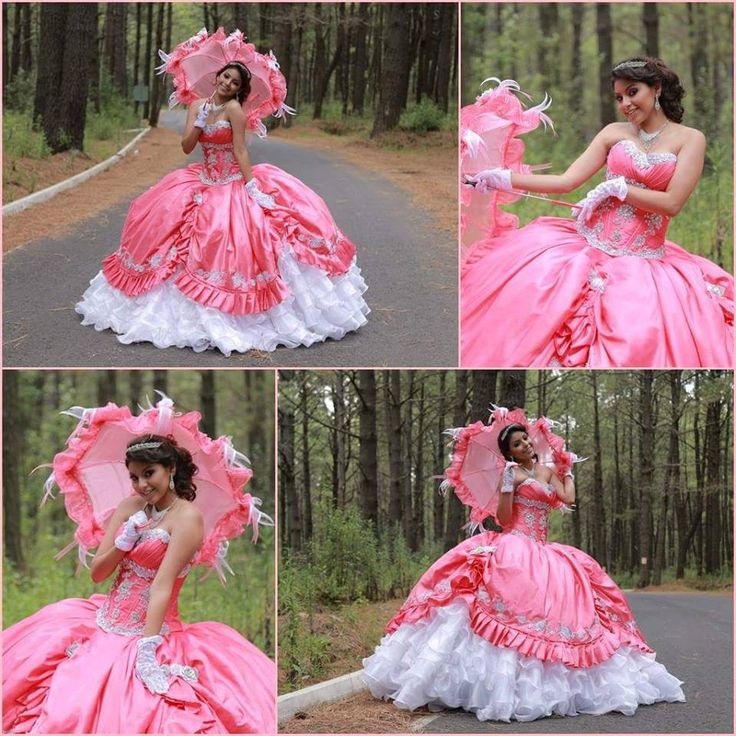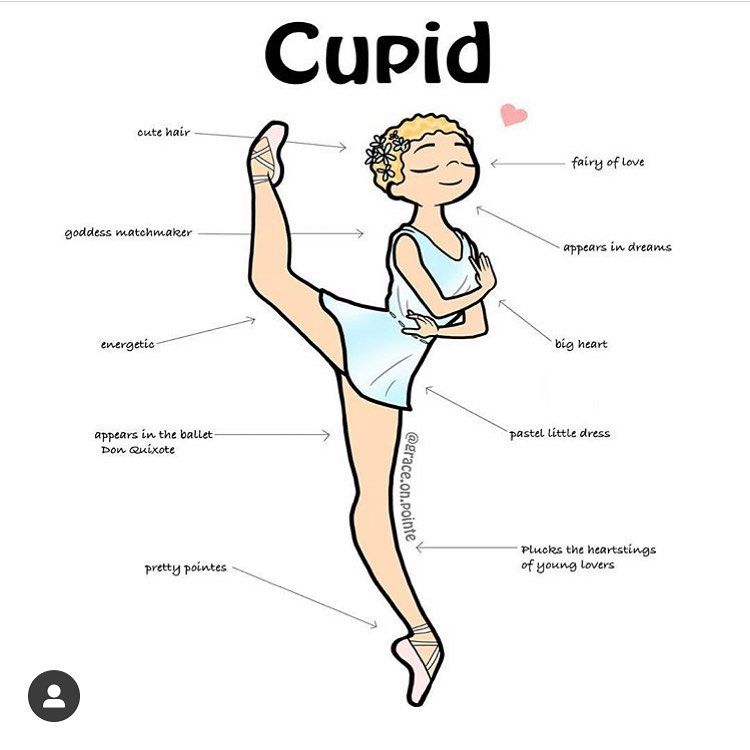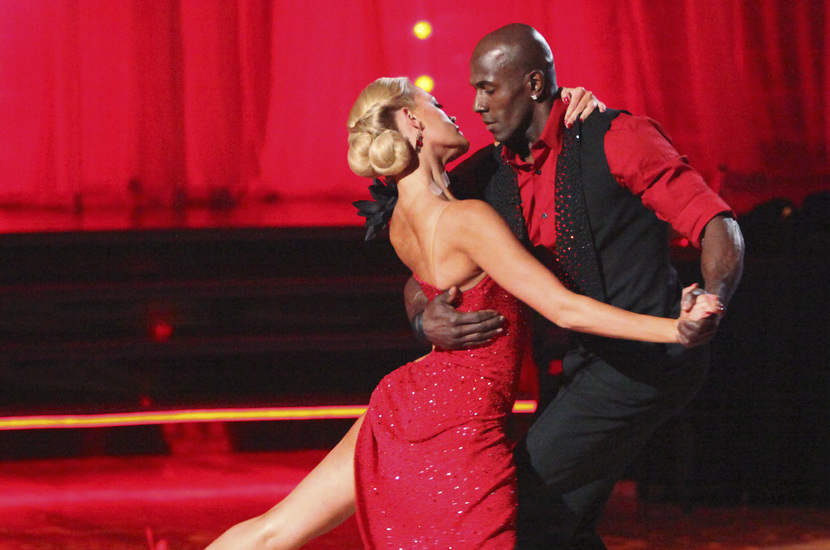How to write a dance track
How to write a killer dance tune | Music
It's that famous DJ ... Roger something, er, ohwhatshisname ... oh, yeah Sanchez. Photograph: PR
Last week, I had an email from a German dance act. They'd heard some of the dance records I'd written and were wondering if I'd be interested in writing a top-line (melody and lyrics) to one of their tracks. I must admit, writing to track over the net is not my favourite way of working - I prefer sitting in the room with other writers and being able to change the chords if I feel the urge. Still, as a writer for hire you have to be flexible. It's fun to mix it up, and at least I'd be the only person writing for this particular track (as far as I know), which isn't always the case.
Recently, a label sent out a backing track to all the top-line writers they knew, asking them to write melody and lyrics for their girl group (I'm not allowed to say which one). This is quite a common practice in pop and dance music and works well for the labels. For the top-liners, on the other hand, it can be frustrating. It doesn't involve much collaboration or feedback and, if their top-line doesn't get chosen, chances are they end up with an unusable melody that sounds too much like the chosen one.
This label was honest enough to say that there was only 10% available of the song's copyright, since the track had a sample that would claim the main part of it. Some A&R people love suggesting tracks that the artist should sample (1980s electronica like Depeche Mode seems to be the flavour of the moment), and the girl group in question used a famous sample on their last single too.
I wonder if Matthew Dear got 50% of the songwriting credits when Fedde le Grand used his vocal sample for Put Your Hands Up 4 Detroit? When it comes to song splits, it's not about how many words you write - it's all about negotiating from a strong position. If the producer didn't ask before using the sample, they may have to give away most of the publishing.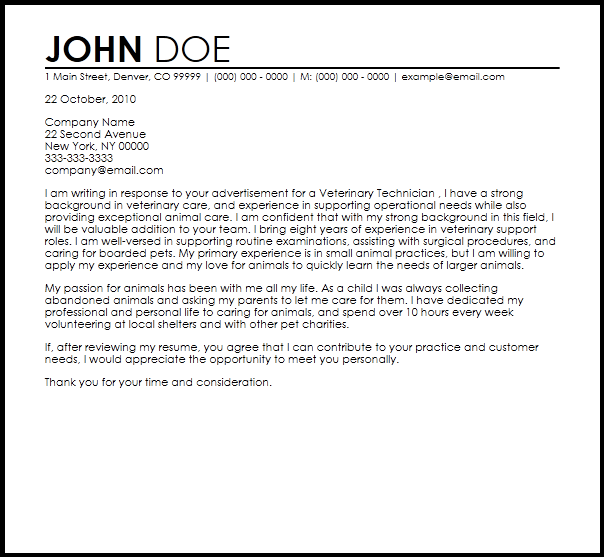 Roger Sanchez had to give Steve Lukather much more than 50% for using one line from the verse of Toto's I Won't Hold You Back in Sanchez's hit Another Chance. Of course, that line gets repeated over and over again, but still.
Roger Sanchez had to give Steve Lukather much more than 50% for using one line from the verse of Toto's I Won't Hold You Back in Sanchez's hit Another Chance. Of course, that line gets repeated over and over again, but still.
Like most people, I used to think that writing dance music must be ridiculously easy. After all, how difficult could it be to write one chorus (and possibly a verse too) about getting down on the dancefloor that gets repeated ad infinitum over a beat?
The first time I worked with a DJ/producer, he told me that he wasn't into writing the old "Take me higher" and "Put your hands in the air" dance cliches. "I like to write stories," he said. "Fantastic," I thought, as I strove to come up with original ways of describing a universal experience. "It'll be like country music with a beat underneath it." Of course, by stories he meant: "I see you across the dance floor. You look really hot. I want to take you home."
It's difficult to write something original with such a narrow choice of subject matter.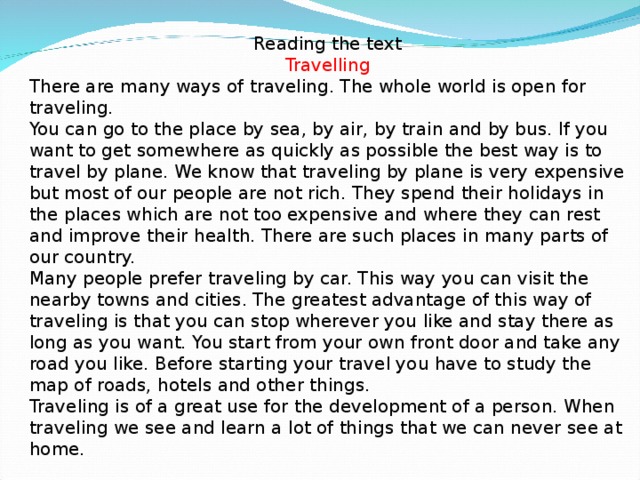 Then again, the most important characteristic of a good dance top-line is not the profundity of the lyrics, but that they flow well. Don't clutter it up with too many words and stay away from long unusual ones. Use nice open vowels, not too many consonants and come up with a killer hook. If you manage to get an original lyrical idea that fits into these parameters, it's the icing on the cake - what makes a good dance track great.
Then again, the most important characteristic of a good dance top-line is not the profundity of the lyrics, but that they flow well. Don't clutter it up with too many words and stay away from long unusual ones. Use nice open vowels, not too many consonants and come up with a killer hook. If you manage to get an original lyrical idea that fits into these parameters, it's the icing on the cake - what makes a good dance track great.
Then again, my most successful dance track to date is called Turn on the Music, so forget that last bit. Maybe I'll go for the "Let's all come together and spread the love" theme for this one.
How to Write and Produce Dance Music? - Independent Music - New Music
We may not be able to help you find your signature sound under the EDM umbrella, but we can give you enough guidance to make you feel confident that you have covered all of the basics with your EDM track.
For beginners wondering how to write and produce dance music, writing and producing dance music comes with a steep learning curve, and while it might sound simple on paper, the process can be hard to master – pun semi intended.
How to Write Dance Music in 9 Easy Beginner-Friendly Steps
- Choose a DAW & Genre
Choosing your DAW (digital audio workstation) is your first step. You can think of your DAW as your digital studio, where software instruments, vocal samples and loops are. There is plenty of dispute around which is the best DAW, but ProTools, Ableton and Logic Pro X come out on top every time. MacBook users can also start experimenting on GarageBand; it is free and installed on most Mac books.
Before experimenting with plugins and samples, decide which electronica genre rabbit hole you want to go down. You’ve almost got an infinite amount of choice between trance, techno, drum & bass, house, dubstep, industrial, and future bass – to name a few. If you’re feeling experimental, you can always create a hybrid track.
- Gear Up
One of the biggest perks of writing and producing dance music is that investing in the equipment to create a great track doesn’t have to cost the earth. However, there are some essential pieces of kit that you will need before you start writing and producing.
However, there are some essential pieces of kit that you will need before you start writing and producing.
A complete studio set-up requires a laptop, high-quality studio monitors and headphones. This set-up will get you through if you’re planning to write and create your entire track on a DAW; if you want to add guitars, bass and vocals, you will need an audio interface and a microphone.
- Start Building Your Track
The software instruments needed to build your dance track include drums, keyboards, synths and bass. Whichever DAW you use, you will be spoilt for choice with options – this is why it is important to start with an idea of the genre you want to delve into. Software instruments are categorised by era, genre or instrument types. Once you have selected the software instruments, it’s time to build your track, starting with the drumbeat.
There are no fixed rules in dance production – but you can’t go wrong with four to the floor kick drums. Once they’re in the mix, add snares on beats two and four. Open hi-hats on beats one and three are the perfect way to amplify the energy. To diversify the mix even further, add crashes or other percussive instruments at the start of the loop.
Once they’re in the mix, add snares on beats two and four. Open hi-hats on beats one and three are the perfect way to amplify the energy. To diversify the mix even further, add crashes or other percussive instruments at the start of the loop.
- Start Forming Chord Progressions
For chords, you can use simple piano patches, MIDI keyboards, or you can even turn your Mac keys into a music keyboard. Which chord progressions and key you use is up to you, but there is no harm in keeping it simple. If your playing is a little off, the length of notes can be adjusted manually by quantizing them.
- Set Up the Bassline & Make the Melody.
The bassline comes before the main melody – this gives your loops a low end; if you are new to producing dance music, it’s ok if you want your bassline to follow the chords you have just arranged. Once they’re in place, remove the 3rd and 5th notes, leaving just the root note. You may also need to experiment with the octaves of the notes – if they are too high up, they won’t work.
You may also need to experiment with the octaves of the notes – if they are too high up, they won’t work.
Don’t be tempted to go overboard at the melody-making stage – you still need to leave room for your vocal hooks. Melodies are created in the same way as the chord progressions you made at step 4.
- Give Your Track the Human Touch
If vocals aren’t your strong point, this doesn’t need to harken the quality of your track. You can either enlist the help of a featuring artist, pull vocals from your DAW, or get experimental with autotune and vocal effects. Be sure to select vocals in the same key already used in the mix, and always ensure they keep to the same tempo. If you’re feeling brave, you can also create echo effects or get experimental with vocal pitch shifting.
- Arrange Your Track
By this point, you should have choruses, hooks and drops, but you will want to turn that into an intro, verse, pre-chorus, chorus, verse, build, chorus and outro.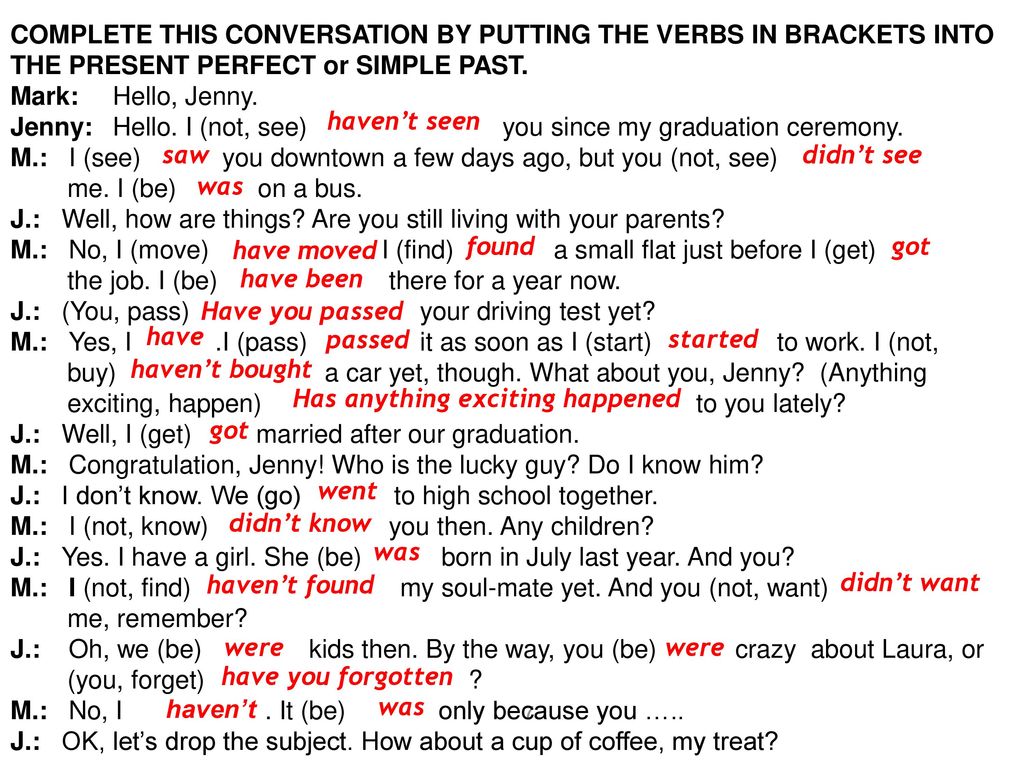 What kind of intro you opt for will depend if you’re creating club or radio music, but generally, you can’t go wrong with a couple of bars of the drum loop before the melody kicks in with the verse. To tie the rest of your track together – use riser effects and kicks on the downbeats.
What kind of intro you opt for will depend if you’re creating club or radio music, but generally, you can’t go wrong with a couple of bars of the drum loop before the melody kicks in with the verse. To tie the rest of your track together – use riser effects and kicks on the downbeats.
- Mix Your Track
After your track has taken form, it is time to mix; this is where all of the sonic elements start to gel with each other. There are four key elements in the mixing process; levels, pan, effects and automation.
No track is level before adjustments happen – this means some instruments will be buried, while others are too loud. The key is to prevent instruments from overpowering others. Panning is a little more complex, but in essence, it allows producers to choose where instruments sit in stereo fields. Once the panning is complete, experiment with phasers, EQ and compression to remove ugly frequencies and boost the favourable ones.
- Make the Final Touches
Mastering is making the final touches on the entire song instead of individual instruments and sections.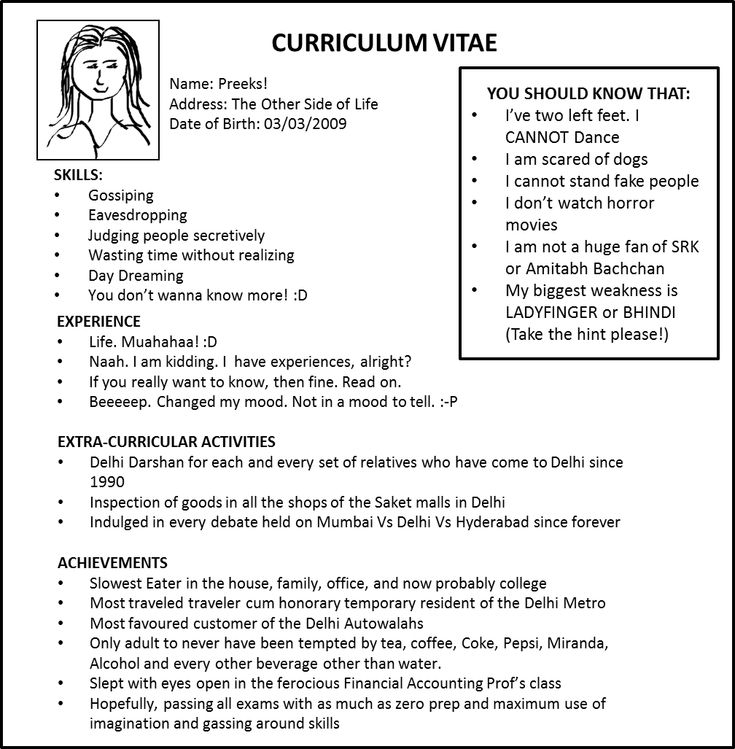 Helpful tools include limiters to prevent overages, stereo widener tools and EQ manipulators.
Helpful tools include limiters to prevent overages, stereo widener tools and EQ manipulators.
Once you are happy with your EDM mix, submit to our electronic dance music blog to boost the reach of your release. Our award-winning blog boasts a high readership with industry figures and EDM fans searching for fresh talent alike.
How I learned to write dance music and started releasing on labels — Music on DTF
A big story about finding yourself in creativity. With pictures and music.
14,812 views
Hi, I'm Muchkin. I write music. I make money with soundtracks for indie games, and for my soul and career, I also make tracks in the genre of melodic house and techno. About how I came to composing, I wrote in a recent text. Now let me tell you about my path in dance music.
Screenshot of my latest project so far
Beginning
Somewhere in the ninth grade, I first heard Prodigy - Voodoo People (Pendulum Remix) as part of a mix from DJ Stroitel.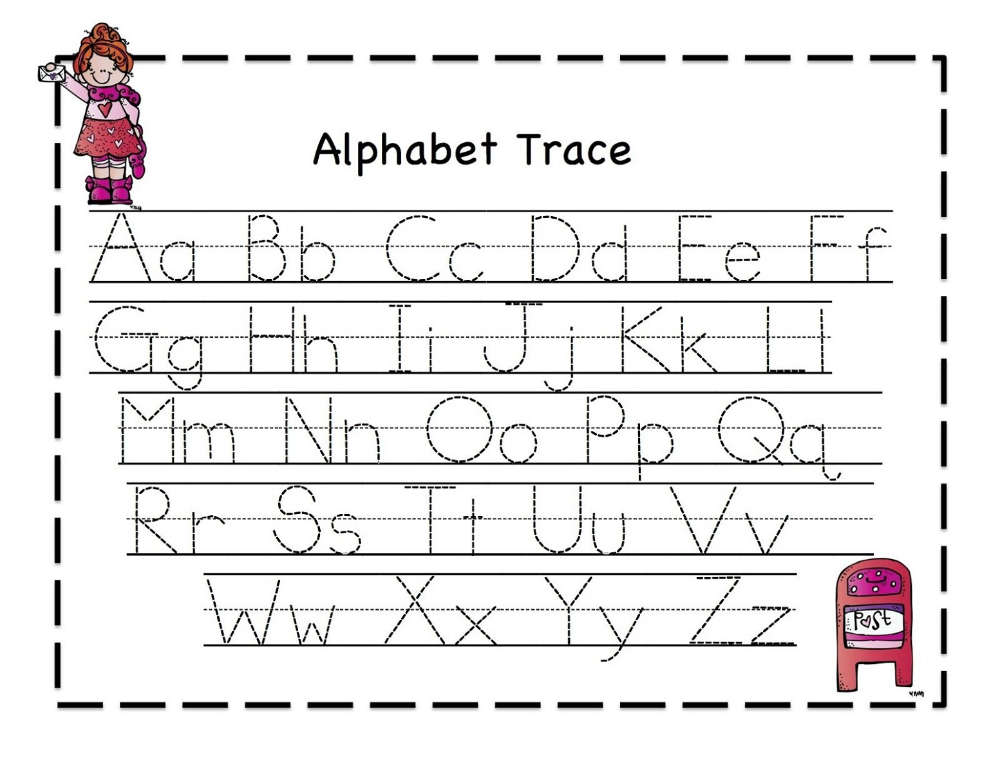 I got crazy and started to get interested in drum and bass. I listened to Pendulum, Noisia, Spor, danced drum and bass dance, which we called drumstep.
I got crazy and started to get interested in drum and bass. I listened to Pendulum, Noisia, Spor, danced drum and bass dance, which we called drumstep.
Then I thought that I also want to write the same energetic cool music with rich drum parts. I had no idea how it was done, and the search led me first to some kind of MIDI editor, in which I made a couple of songs. And then I found FL Studio, a sequencer that I've been using for over a decade.
The first tracks were terrible.
I shared them under a shameful pseudonym on PromoDJ, in an active community of fellow beginners. We intelligently criticized each other's tracks, not knowing anything at all about how music is created. But it's always like that when you start.
I once read the idea that you need to make the first 100 songs as quickly as possible, because after them normal music will follow. In my experience, yes, something like this is
Toward the end of school, a dream began to form in me: I will learn how to make cool music for the university, and by the end of the fourth year I will become, if not a world star, then certainly a professional and respected music producer (a person who earns money by creating and performing electronic music ).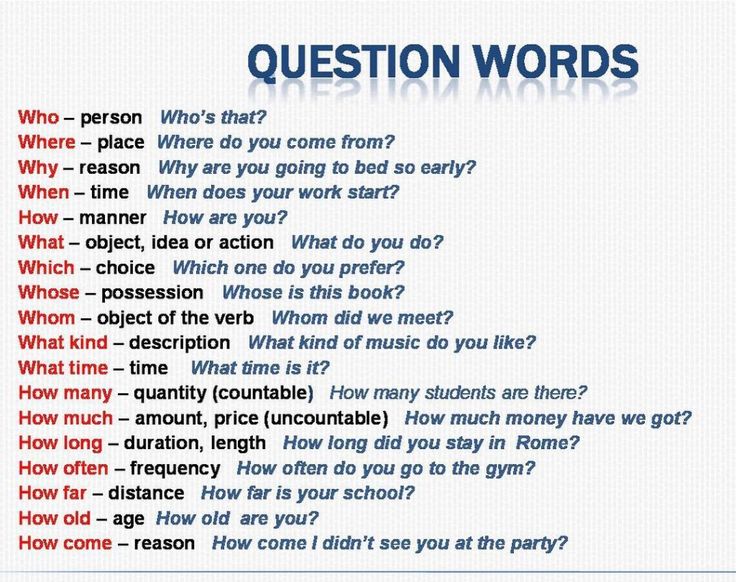
University
In fact, for four years at university, I basically did only three things: studied (albeit well), played video games and suffered from fears and anxieties. Despite the fact that the dream still lived somewhere on the border of consciousness, and I considered myself a music producer, writing tracks faded into the background.
It wasn't because I was lazy or because I didn't want to make music. Just because I thought of a great success in advance, creativity turned into a hard and painful task. High anxiety, disorders, traumas, and just the peculiarities of the psyche (which I realized only ten years later thanks to psychotherapy) exacerbated the situation.
For example, I wrote this track for a whole year and spent more than hundred hours on it . That was the pace at which I produced finished works at that time.
Funny story. Born in Space found some cunning guy on PromoDJ and wrote me, they say, let's release it on my label. I went nuts from the word "label" and agreed. We even signed some kind of contract through the Proton system. After that, the man disappeared. Until now, the composition can be found on streaming services - he released it ten times, probably, and all under different "labels".
I went nuts from the word "label" and agreed. We even signed some kind of contract through the Proton system. After that, the man disappeared. Until now, the composition can be found on streaming services - he released it ten times, probably, and all under different "labels".
I didn't make a dime from it, of course. I suspect that he is also
Among my other works during this time, one can single out this psychedelic “neurofunk”, in which everything that is possible is not in tonality. When I wrote it, I did not yet know what tonality was.
This was supposed to be an intro for my friend's YouTube show, but it never launched.
At the university, I wrote little music, but this does not mean that I did not develop creatively. I listened and analyzed bass genres a lot and sometimes through suffering I made tracks. Many did not finish. So there was progress, but very slow.
This composition also took about a year and 60-80 hours of work.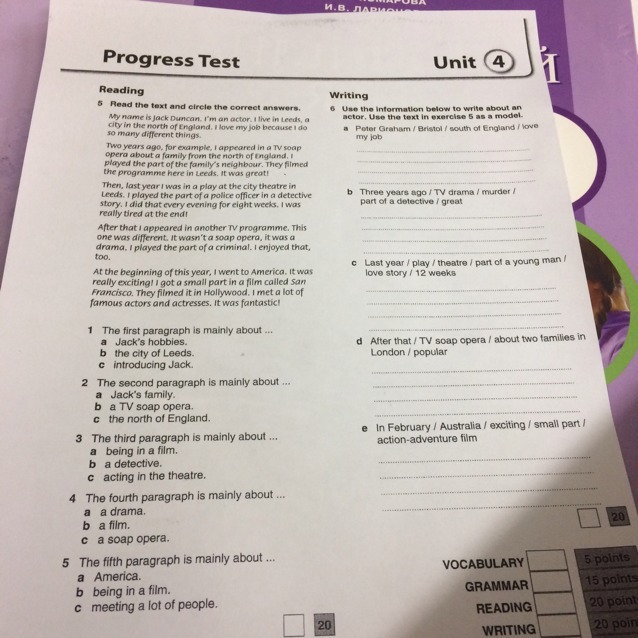
My music from this period seems to meet some minimal requirements of the genres (the structure is readable, the sounds are more or less intelligible, the kick and snare give some kind of energy, sometimes there is even a sub-bass), but they are crooked, poorly thought out and uninteresting .
I just used samples, notes and instruments that seemed appropriate and didn't think about the big picture, melody or atmosphere. And, I suspect, for the better. If I had been worried about this as well, then anxiety would have completely crushed me.
By the way, my suffering also had some advantages. From the very beginning of working in FL Studio, I decided that I needed to create all the presets for the synths myself, and so I did. By the time I received my diploma, I had a good knowledge of the standard synths of the program and even a small library of presets.
By the way, about the diploma: I wrote this experimental composition dedicated to a headache closer to the defense, which is symbolic..jpg)
Work
After my bachelor's degree, I went to the master's program and at the same time started looking for a job. For a year and a half, I was doing all sorts of small jobs (once I even made the whole foley for a short film). I didn’t do much music, although I was able to complete a couple of projects.
For example, this future beats track inspired by Ivy Lab and Noisia Radio selections.
And an old school drum and bass remix for Dorn (there was a PromoDJ contest).
I was looking for ways to make money on music: I applied to local game and recording studios, I tried my luck in creating beats and stock tracks. In vain. As I studied the market and read the stories of more successful producers, an unbearable, terrible thought formed in my head.
To achieve something, you have to work very hard
That explained a lot.
At the beginning of 2017, I was accepted to DTF.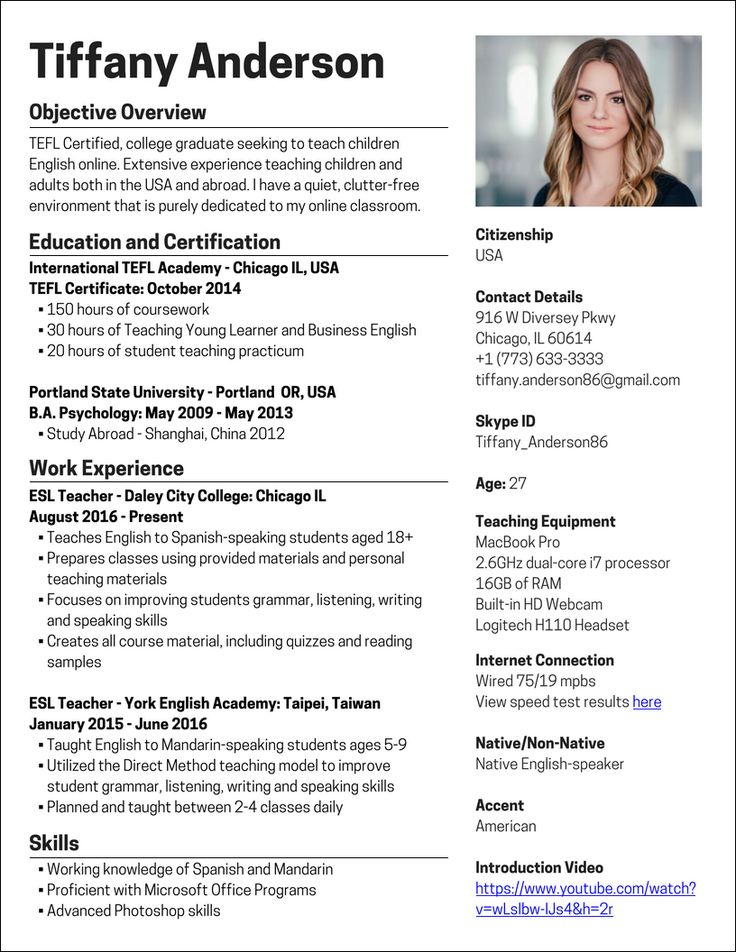 Since childhood, I loved games, I read LKI, the Land of Games and Igromania, so I was very happy with this opportunity.
Since childhood, I loved games, I read LKI, the Land of Games and Igromania, so I was very happy with this opportunity.
I was part of the editorial staff for almost two years. At this time it was difficult to find the strength and time for music. I watched tutorials, analyzed other people's tracks, replenished my database of samples and presets, but completed projects during this time can be counted on the fingers of one hand.
Weird downtempo project - time.
Dubstep with the voice of YouTuber Jacksepticeye - two.
Gloomy base house - three.
Drum and bass, started back in 2016, four.
I tried to send each of these tracks to labels, but they were not taken anywhere. I was surprised: how is it that they have everything. And powerful basses, and cool drums, even some interesting effects. Isn't that enough?
Oh, how little I understood.
Composing
In the spring of 2019, I started building a career as an indie game composer. A few months later, this occupation even began to bring in some money and soon became the main one for me. (You can read about this path here.)
A few months later, this occupation even began to bring in some money and soon became the main one for me. (You can read about this path here.)
I found a way to make money with music and immersed myself in creativity. A little bit not the direction that I dreamed of, but still it was progress. Working on the soundtracks, I learned to feel the music better, learned new techniques and added to my own libraries even more.
As for dance tracks, at the end of 2019, aggressive and fast base house was popular, and I tried to sit on this hype train.
But no labels took the track, so I released it myself through distributor DistroKid. It was my first "adult" release - the one that appeared on streaming services. So far, I have earned exactly $0.03 on it. That's 17 auditions.
Back in the beginning of 2020, I made time for the LEAVEMEALONE halftime track.
The flops over the past couple of years made me wonder: what is wrong with my music? Why doesn't anyone want to take it? Reflection and reflection led me to an important conclusion: in the first place, I do not make the music that I really want.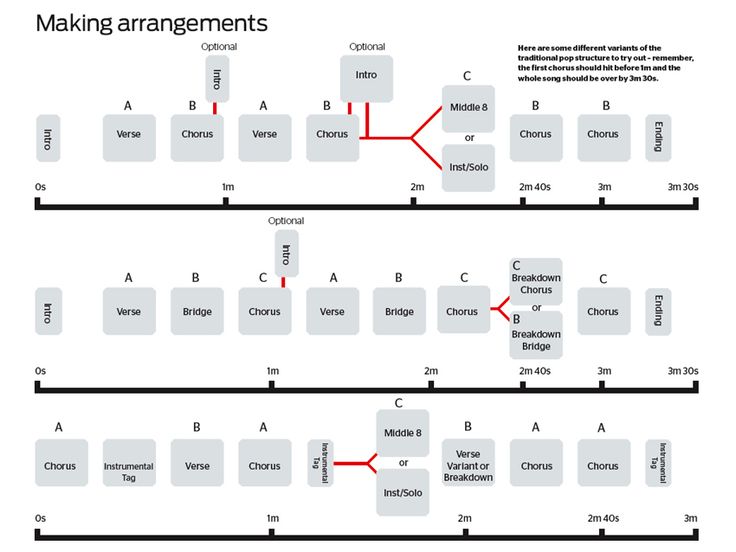
I became interested in making music thanks to drum and bass, then I started listening to dubstep and electro house, and for some reason I always felt that these genres were what I needed to work on. But as soon as I listened to myself a little (which I had never done before), it turned out that I had nothing to express through bass music.
Therefore, I spent the following months looking for genres that would most accurately reflect my inner state. They were melodic house and techno.
Brute force
Since April 2020, I have decided to get into dance music properly. Since before I was able to create compositions only through force, I came up with a challenge for myself: to finish one track every month.
The logic was like this. By forcing myself to work on dance compositions month after month, sooner or later I had to develop all the necessary skills needed to create cool music.
I was going to basically brute force my creative powers
The first track turned out to be clumsy. The mixing is murky, there is not much development, both drops are arranged as if it were a summer banger, although soulful melodic techno was conceived. But for starters, it will.
The mixing is murky, there is not much development, both drops are arranged as if it were a summer banger, although soulful melodic techno was conceived. But for starters, it will.
This track (and several others) I released again via DistroKid. Even tried to buy ads for him through Facebook. There were still few auditions (39 to date), but I was resentful of the label system after so many rejections and was determined to make a name for myself.
The next composition in May, Pasturage, was much softer. Birds, forest, nice sound design and summer rain atmosphere.
For this track, I also purchased advertising. This time I set up the ad better and invested more money, so the output was more tangible. Now he has 138 plays.
The June track Arcane turned out to be mysterious and attractive, like a Celtic forest. Hence the name.
I did not commission advertising for him, because the determination to promote myself in the music industry began to fade.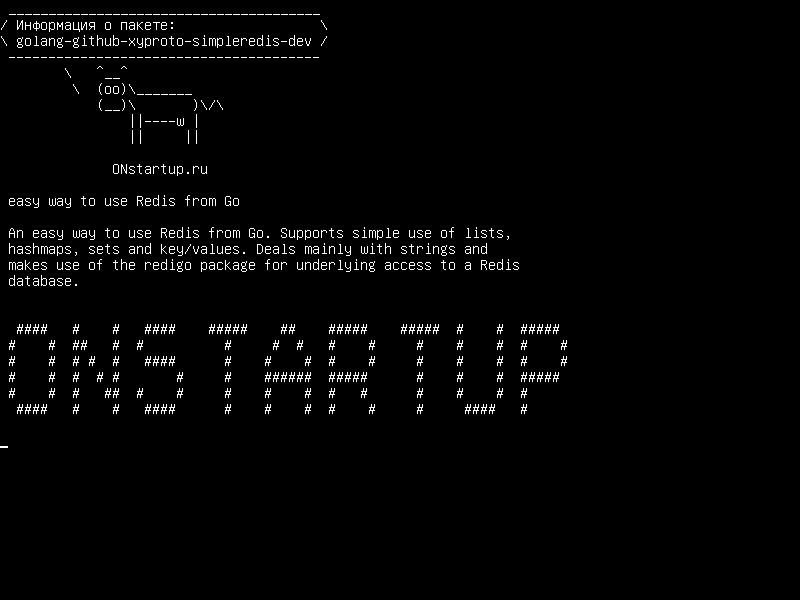 I didn’t pour so much money into advertising tracks, but there was no more extra money.
I didn’t pour so much money into advertising tracks, but there was no more extra money.
The conclusion was that you can break through on your own only in two cases: if you have a lot of money for advertising (I didn’t), or if you know how to do cool PR in social networks (I didn’t know how). So I started looking towards
labels again.
Arcane was not taken to the labels (I did not even hope), but they took Autarca - the July track. Here's a snippet of it, and you can listen to it in full here.
It was released as a compilation on the sub-label of a small St. Petersburg publishing house Polyptych. I knew perfectly well that this would not bring me any money or popularity, but I signed the contract anyway. You have to start somewhere.
The next track was a bit hooligan Help a Robot. I didn't send it anywhere, because big labels wouldn't take it, and it was long and tedious to look for small labels with such music.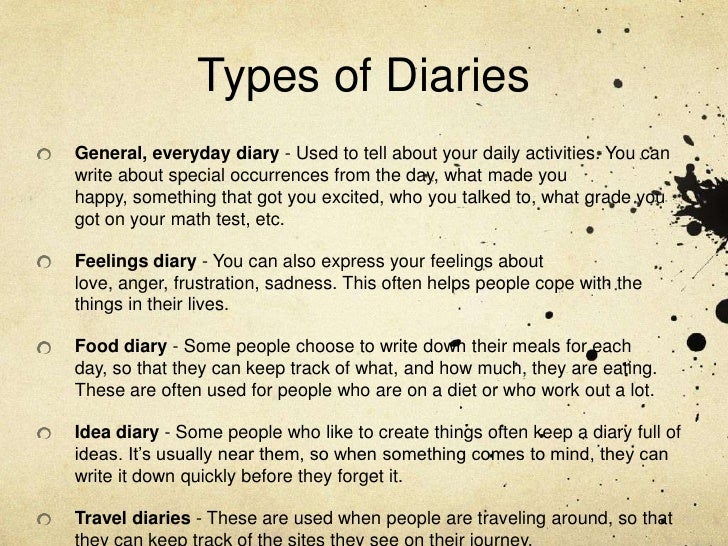 How do you even google them? "Labels with frivolous electro-house"?
How do you even google them? "Labels with frivolous electro-house"?
In autumn I decided to make a three-track mini-album. For some reason it seemed to me that labels were more willing to take EPs than singles.
Even by this moment I had heard a lot of music in the selected genres and realized that in melodic house and techno, few people make tracks shorter than six minutes. So from now on, all my new compositions slowly fade in and out.
In general, the music has become less hasty and more conducive to immersion and thoughtful listening
As you might expect, my plan to boost my chances with labels with the EP didn't work out very well. The release was eventually taken to the same Polyptych Limited (it will be released on July 5), but I was hoping for something bigger.
In December I finished the new track Rewired and decided to take a break. Working non-stop for nine months (and I also did soundtracks) without tangible results led to the fact that I just burned out.
Rest helped me rethink my priorities and figure out which way to go. I stopped caring too much about labels and started focusing more on creativity and self-expression. Plus, psychotherapy helped (and still helps) to listen to yourself better.
Rewired was included in the compilation for the Moscow label ONESUN (will be released sort of like in the summer).
Opening
I wrote the next composition at a more relaxed pace: burnout forced me to abandon the "one track per month" mode. Simultaneously with the work on the track, I was doing research. He carefully studied music in the chosen genres, pestered successful producers with questions, whom he could reach.
The result was the biggest takeaway of all time: major labels need unique music first and foremost. One that has not yet been
Within the genre, of course, although the boundaries between melodic house and techno are blurred.
How to achieve uniqueness? For me, the answer is simple: it comes from the uniqueness of the psyche. If you learn to listen well and express yourself adequately, then creativity will be unique. Therefore, when creating Bird Law in January 2020, I tried to listen as often as possible to what melodies, sounds, effects and just decisions resonate with me.
This track doesn't just meet some technical requirements, it's undeniably my . For example, the title is taken from a comic book that I really like.
It's the law
And the theme of birds in it is not only because of the name, but also because these animals (but not all) touch me and my wife very much. And also partly a track about the love that I feel for my wife, and this echoes the comic book. In general, a warm work about good things. The ones in me.
I don't know how noticeable this is to an outside listener, but I see a massive improvement over the previous compositions. He was even taken to a more serious label - the Italian Natura Viva. They promised to release it as part of a compilation. I don't know when exactly: for some reason, labels rarely notify me about such things, and I myself don't really care. I'm more focused on future works.
He was even taken to a more serious label - the Italian Natura Viva. They promised to release it as part of a compilation. I don't know when exactly: for some reason, labels rarely notify me about such things, and I myself don't really care. I'm more focused on future works.
The last track so far is called You're Not What Your Mind Tells You. It's about my many battles with my own brain. It's a little sad, but with a light undertone, because no matter how scary the battles are, there's always a way to win. At least I can.
The other day I signed him to the Belgian label Sound Avenue. It will first be released exclusively on Spotify to try and push it into the platform's playlists, and will be released as part of a sub-label compilation in August.
After You're Not What Your Mind Tells You, I again rethought my creative process. Now I try to treat music less as a series of separate projects and more just as a field for experiments, from which cool completed projects will grow. Let's see where this takes me.
Let's see where this takes me.
Such things. Thanks for reading. By the way, I will soon launch a course on creating electronic music from scratch. If interested, you can read the details here.
If you like my music, you can subscribe to Soundcloud, YouTube or Spotify. All my future tracks will appear there as well. Also here are my social networks: Facebook, Twitter, Instagram, Twitch.
How to write electronic dance music - consistently and with examples - Music on DTF
What is the difference between snare and hi-hat and what does music consist of in general: a lecture by Andries Gandrabur, sound designer and composer "Mor (Utopia)".
8156 views
Composer, music producer, author of soundtracks for "Mor (Utopia)" and other Ice-Pick Lodge games, as well as the founder of the DOS music school Andriesh Gandrabur, opened an educational stage, which was organized by the service team in Gorky Park at Plus Dacha for the promotion of BandLink and Yandex Music artists.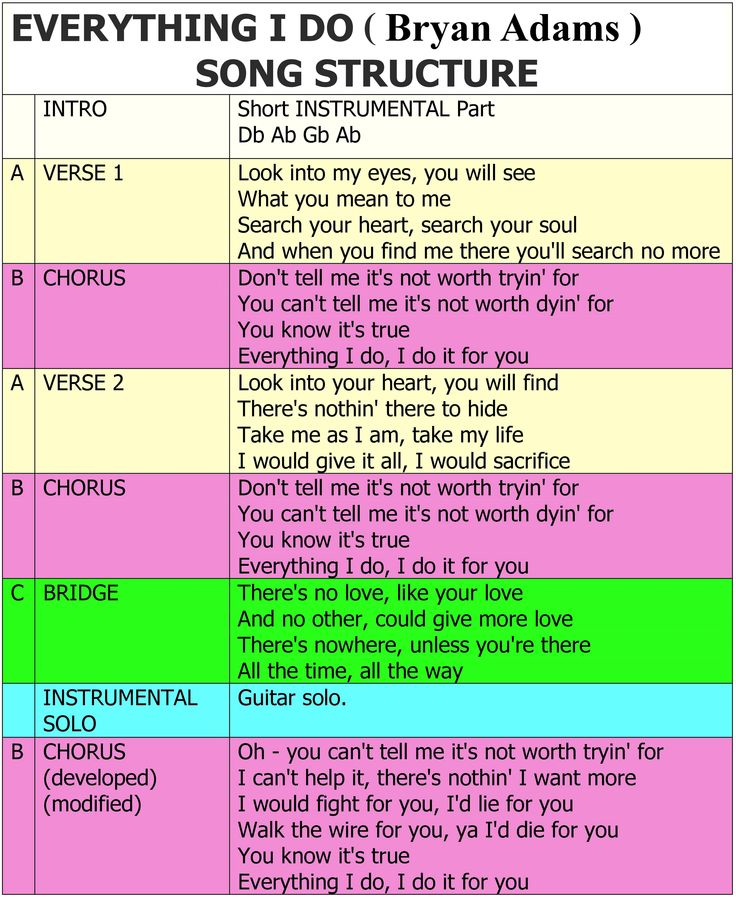
In July, Plus Dacha will also host a lecture on how to find yourself in the music business, and in August, IOWA 9 will give a lecture on negative emotions0003
In his speech, Gandrabur talked about the basic tools that need to be mastered in order to create electronic music, the smallest sound components and basic techniques.
The editors of Yandex Music have outlined the composer's lecture, but we are publishing it - with examples and all the explanations.
Drums (drums)
It's not a secret that the birth of musical art began precisely with the rhythm section. Primitive people, of course, did not have a drum kit or advanced sequencers (DAW), but with their hands and feet they created the first rhythmic patterns that are still used in music production today, just remember “We Will Rock You” by the legendary band Queen.
The Kick , Snare and Hat are key percussion instruments in today's music production. This is enough to create the necessary dance groove and encourage the body to move. The fact is that these elements fill the main frequency ranges - low, middle and high.
This is enough to create the necessary dance groove and encourage the body to move. The fact is that these elements fill the main frequency ranges - low, middle and high.
Kick is a bass drum or bass drum in a classic drum kit. This heavy low-frequency knock is difficult to confuse with anything, besides, it is responsible for the simplest and most common technique in dance music - “Four on the floor” or “straight kick”.
This beat is strict and consistent - the kick kicks on every beat, allowing listeners to easily follow the rhythm and shake their heads. When played with lips, you get something like “tut-tut-tut-tut”. But this is just one of the simplest tricks, because the groove can also be achieved with unexpected broken rhythms, shifting accents from strong beats to weak beats, thus creating a breakbeat.
Snare is the snare drum kit and the loudest instrument in the rhythm section. It is especially important to pay attention to the choice of a suitable snare, because it will greatly affect the musical style of the future track.
This element carries the most information, as it fills the middle and upper frequencies. The human voice is located at the same frequencies, so our ear will very clearly and accurately read this sound. It is comparable to hand clap, so clap (clap) is often used instead of snare.
Placing a snare or clap in a rhythm pattern is very easy. Under a straight kick, it will fall on the second and fourth beats of the bar - “kick-snare-kick-snare”. Such a universal pattern is already enough to achieve a sense of drive in any tempo and various musical styles.
Hi-Hat are cymbals with stand in drum set. They are open (Open) and closed (Closed), depending on this, making a lingering sound “shhh” or a short “ts ts ts”.
Hats greatly affect the speed and dynamics of a rhythm section - the more often they are played in a pattern, the faster the track seems to be. Often they are used to separate verses and choruses. And the arrangement of hats opens up a lot of room for experimentation and various combinations.
It is worth noting that the competent selection of drum samples is 50% of the success of the rhythm section. If you take kick from rock music, snare from Future Bass and hi-hat from trap, the combination will turn out to be unsuccessful, to put it mildly, although there are examples of interesting solutions.
Beginning musicians should pay attention to sample packs (Sample Pack) or Drum Kit with tags by genre. For example, in BandLab they are already sewn in and, as a rule, contain several variants of each drum element and, most likely, will be combined with each other.
By the way, it is not necessary to register drum tracks separately, because in addition to sample packs, there are also loops (Loop) - pre-prepared balanced template solutions for sound producers and musicians. It is enough to choose a drum loop to your taste, throw it on the track, loop it and you can move on.
Percussion (percussion)
Once the base is ready, it doesn't hurt to add variety.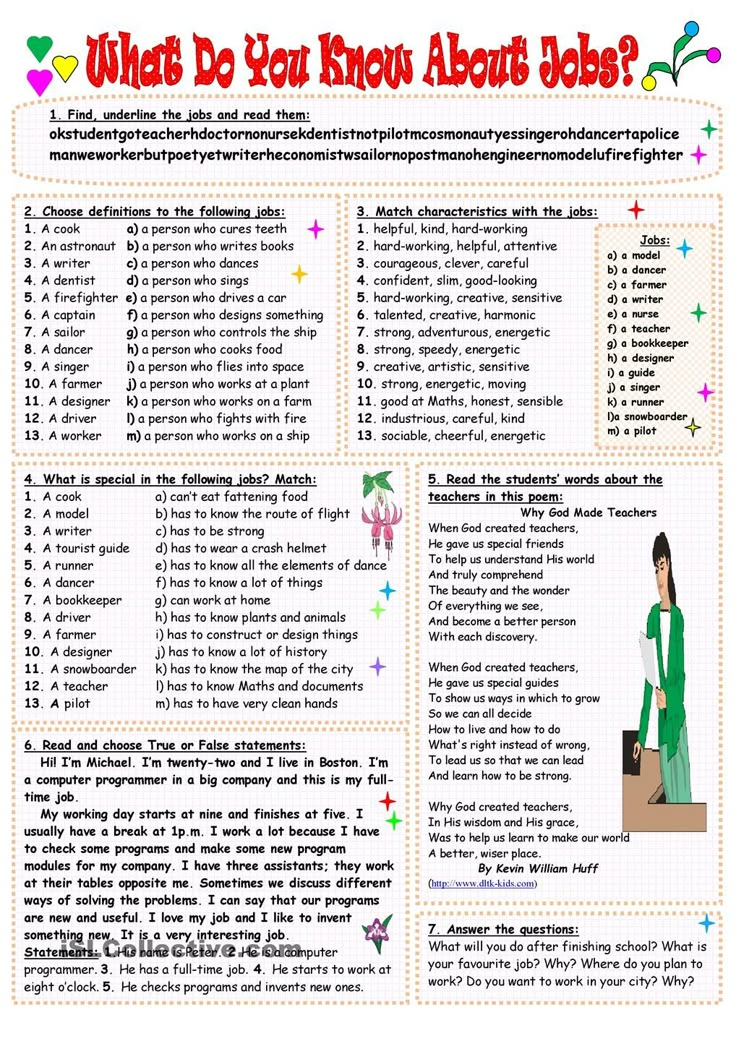 This is where percussion instruments come to the rescue. There are a lot of them and they are all different - tambourine, tambourine, maracas, cowbell, bells, shakers, congos, bongos, triangle, rattle, this list is endless.
This is where percussion instruments come to the rescue. There are a lot of them and they are all different - tambourine, tambourine, maracas, cowbell, bells, shakers, congos, bongos, triangle, rattle, this list is endless.
Plus, with a little ingenuity, any everyday sound can be turned into a percussion instrument, whether it's a door slamming or a frying pan hitting it.
In electronic music, percussion instruments give a certain edge, mobility and a certain direction. Producers often use their pre-made loops, such as shakers, to develop momentum in the chorus. Writing your own pattern is already more difficult, but more interesting, because sometimes you can achieve unexpected results.
Piano Roll is used to write percussion, where you can adjust not only the arrangement of elements, but also the duration of their sound, pitch and volume, panorama (left-right-center) and so on. Good percussion is made up of little things and does not stand out much against the background of the leading percussion instruments, creating an auxiliary background for them.
Bass (bass)
Bass is another element of the rhythm section. He only plays the root notes (lower notes of the chords), thus creating the "foundation" of the harmony. Bass and kick drum take over the entire lower frequency range and work in tandem.
In some electronic genres, such as Dubstep, the bass is used as a full-fledged musical instrument and plays all the melodic layers of the track. But this will require many hours of practice and synthesis skills.
If the melody is already present in the track, then you should select the bass notes according to its tonality, prescribing them through the Piano Roll. If there is no melody, then you should decide on the key yourself and arrange the notes within it. The possibilities of fine work in the piano roll will allow you to achieve a clear interaction of the bass with the kick, which is important for achieving a groove.
When you have bass and drums, that's basically it - the music starts.
You can safely say that this is real dance music. It cannot exist without these elements. If you remove any of them, it will already be strange. Bass is the bridge between drums, rhythm and harmony
Andries Gandrabur
Pad (pad)
The rhythmic foundation is ready, and the foundation of harmony is laid in the bass line, but it's still not clear what mood the track will sound in. Pads, a kind of musical part that can be played both on a synthesizer and on traditional “live” instruments, will help bring clarity.
It's like a lining of extended chords and timbres, which is responsible for the harmonic structure, fills the space of the composition and creates additional depth and volume. In the case of pads, you should no longer rely on ready-made loops - it is unlikely that you will be able to find something suitable.
With the skills of synthesis (the process of generating sound presented as a discrete signal), you can wind up your own unique pad, but for starters, it's better to use ready-made presets in VST synthesizers.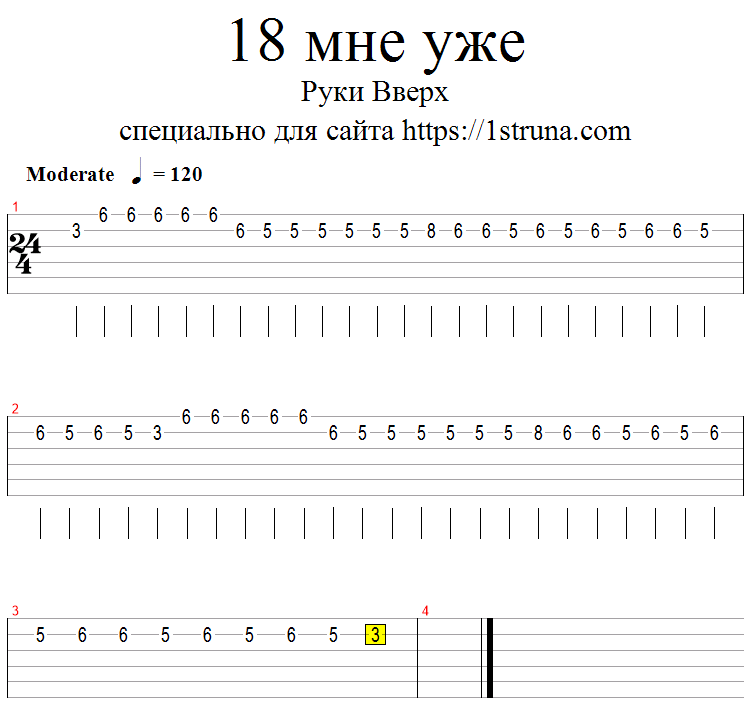
Piano Roll allows you to set chords with one click of the mouse: thus, moving along the root notes of the bass, a chord progression is written.
By the way, for more atmosphere, the pads can also be leveled. Layering means that the same chords are layered on top of each other, but different instruments are used to create a rich sound. You can level just about anything, including drums, but don't put multiple layers of bass on it.
Arpeggio (arpeggio)
Arpeggio - passing through the notes of harmony alternately from top to bottom or bottom to top. This is the easiest way to apply a melodic ornament or pattern to the finished composition skeleton.
It is enough to open the arpeggiator (often built into the synthesizer), select the appropriate instrument and hold down one note or chord, then the arpeggiator will complete the rest of the work for you and play the next harmony notes or chord strumming.
Pulse Chords
Pulsating chords are common elements in dance genres that pulsate along with drums, giving more movement to a track and helping to achieve a groove. Of the instruments here, keyboards, guitars, synthesizers are most suitable - you can try different options.
Of the instruments here, keyboards, guitars, synthesizers are most suitable - you can try different options.
Sequencers let you record a chord pattern and then change the instrument that will play that pattern. This way you will hear which of the instruments will be out of place.
Vocals (vocals)
Dance music doesn't always need a vocal part, but a couple of lines that get stuck in your head can greatly increase a track's chances of success.
Any modern sequencer has the functionality to record voice directly into the mix without delay, but this will require additional equipment - an external sound card and a microphone. Fortunately, ready-made solutions for vocals are also available in the form of vocal sample packs.
Often the texts in such recordings are neutral in meaning, but well and qualitatively executed. And with resourcefulness, even the most inconspicuous line can be sampled and modified into something interesting. Only beginners, getting carried away by the process, often forget that the key of the vocal should match the key of the track.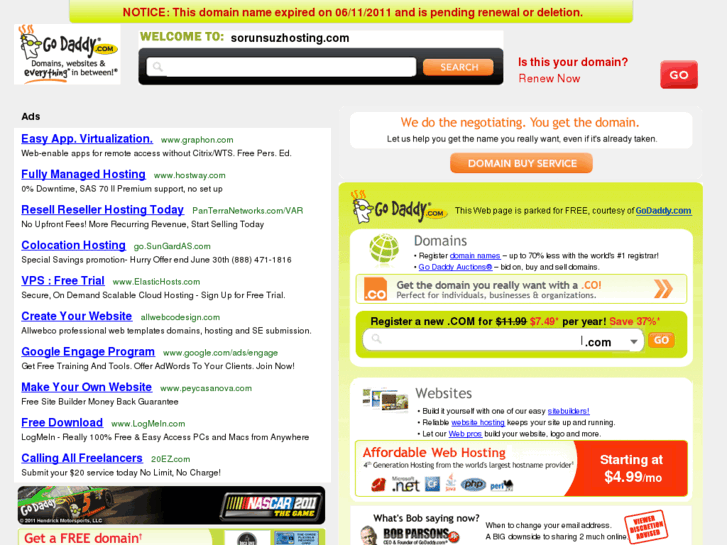
Structure
It is very important to take care of the competent structure of the composition. There are many tools, but it is not necessary to use everything at once. The track should have a beginning, an end and something in the middle - a kind of plot along which the listener will move.
Start small, like bass and drums, and then add a new element every 4-8 bars. 4 bars is the square thinking of dance music, understandable to both the producer and the listener in the subcortex. You can diversify the structure with a breakdown, which will give the necessary suspense before the drop.
Drop is the brightest and most powerful part of the track. It is she who sticks in the head of the listeners and is responsible for the hit, so it is so important to work out and arrange a competent eyeliner to this place.
Mixing
Every track needs at least a minimal mix. The first thing to take care of is the volume balance of the instruments in the mix. It almost never happens that all the elements sound balanced right off the bat. Sometimes, with a successful balance of volumes, further mixing may no longer be necessary or will be minimized. For information, the following series of treatments are most often used:
It almost never happens that all the elements sound balanced right off the bat. Sometimes, with a successful balance of volumes, further mixing may no longer be necessary or will be minimized. For information, the following series of treatments are most often used:
- Equalization Cuts certain frequency ranges to avoid conflicts with other instruments. For example, if the pad has a lot of low end, it will not affect the sound of the bass, so you should cut the low frequencies a little. And pleasant frequencies, on the contrary, can be distinguished and raised;
- Compression is a processing process that aims to reduce the dynamic range of a signal (the difference between the quietest and loudest sounds), and the compressor will also help glue multiple layers of instruments on the group channel;
- Saturation/Distortion - saturate the original sound with new harmonics, making it richer, warmer, more unique;
- Reverberation/Delay - Spatial audio processing that repeats the original signal one or more times.
 Applies the effects of echo or reflection of sound from various surfaces (room).
Applies the effects of echo or reflection of sound from various surfaces (room).
All this is optional and is used as needed, but to avoid frequency conflicts it is better to use equalization always and on all instruments.
Mastering/Rendering (mastering/rendering)
Before rendering a track (converting it to mp3/wav format), it should be at least minimally mastered. Without mastering, the volume of the track will be noticeably inferior to all the others, and the composition itself will seem of poor quality.
Most sequencers have mastering plug-ins already built in and come with ready-made presets, so for beginners it will be enough just to find the right one. Some of them can wrap the mix into a more lo-fi shell, others can increase the punch of the low frequencies, saturate the upper ones. You can also increase the volume with a compressor or a maximizer, but you should not increase the volume with the usual Volume slider in decibels.